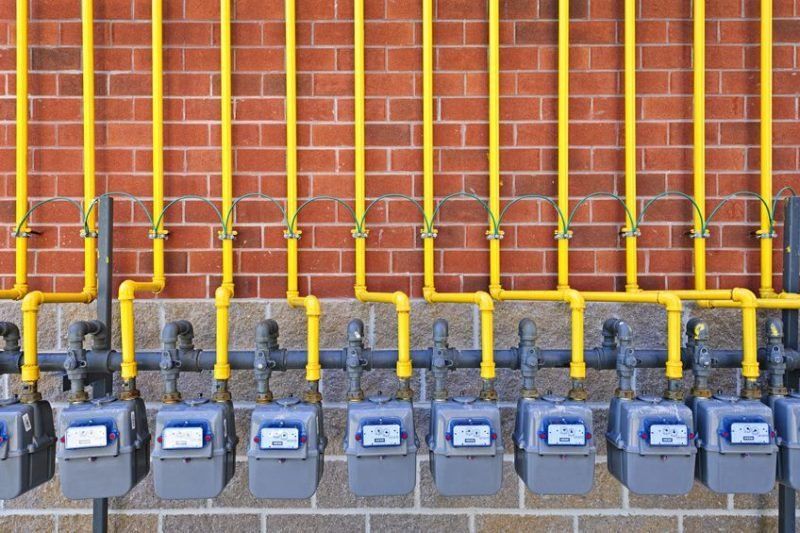by Hadi Masood
•
11 December 2025
Deciding when to repair or replace your water heater is a vital consideration that impacts home comfort, safety, and energy efficiency. Water heaters are essential household appliances that provide hot water for bathing, cooking, and cleaning, and their performance can significantly influence utility costs and quality of life. Understanding the signs that indicate repair or replacement needs, as well as evaluating the conditions favoring each option, enables homeowners to make informed decisions. This comprehensive article covers these aspects in detail, incorporating valuable information from professionals such as All City Plumbers, insights from tankless water heaters, and the importance of emergency services for critical situations. Recognizing Signs That Repair is Needed Water heaters, like any mechanical system, may experience malfunctions or inefficiencies over time. Early identification of repair needs can extend the life of the unit and prevent costly replacements. Common signs requiring repair include inconsistent water temperature, strange noises such as rumbling or popping caused by sediment buildup, water leaks near the tank or connections, and longer than usual recovery times for heating. Ignoring these symptoms can exacerbate damage, leading to more extensive and expensive repairs. Homeowners should prioritize regular maintenance inspections, ideally conducted by trusted professionals such as All City Plumbers, who can diagnose issues comprehensively and recommend effective repair strategies. In some cases, simple fixes like replacing thermostats or flushing mineral deposits restore functionality efficiently without necessitating full replacement. When Replacement Becomes the Best Option Despite repairs, there comes a time when replacing a water heater is more cost-effective and safer than patching existing problems. Factors influencing the decision to replace include the age of the unit—typically over 10 to 15 years for traditional tanks—repeated and escalating repair costs, inconsistent water quality, and significant leaks that compromise structural integrity. Additionally, adopting new technologies can justify replacement. Tankless water heaters insights reveal their advantages in energy efficiency, longer service life, and space-saving designs compared to conventional models. Upgrading to a tankless system presents opportunities for homeowners looking to reduce energy consumption and enjoy continuous hot water. Professional plumbers, including All City Plumbers, can provide expert evaluations to identify ideal replacement systems tailored to household needs and budgets. Safety Concerns and Emergency Services A malfunctioning water heater can pose safety hazards such as leaks that damage property or, in the case of gas-powered units, risks of carbon monoxide leaks or explosions. Recognizing emergency signs—unusual smells, visible corrosion, or sudden loss of hot water—requires immediate attention. In these instances, accessing emergency services is crucial to prevent injuries or extensive damage. Emergency response teams dispatched by experienced plumbing services expedite diagnosis and mitigate risks, often providing temporary solutions such as shutoff assistance or temporary heating options while permanent repairs or replacements are scheduled. Homeowners are encouraged to establish relationships with reputable providers like All City Plumbers to ensure prioritized emergency support when critical. Maintenance and Longevity Considerations Regular maintenance positively influences whether a water heater can be repaired or requires replacement. Tasks like flushing the tank, inspecting anode rods, and checking for leaks enhance efficiency and delay deterioration. Maintenance regimens tailored to specific systems, including tankless water heaters, further optimize performance and longevity. Professional plumbing companies emphasize preventive care that minimizes unscheduled downtime and maximizes appliance lifespan. Integrating maintenance with proactive monitoring helps identify gradual decline early, allowing timely interventions and cost-effective upkeep. Environmental and Economic Impacts of Repair vs. Replacement Homeowners also weigh environmental and financial factors when deciding between repair and replacement. Newer water heaters, especially tankless models, conform to stringent energy standards reducing carbon footprints and lowering monthly bills. Repairing outdated or inefficient units might temporarily save money but could result in higher operational costs and environmental impacts. Energy rebates, incentives, and financing options offered for upgrades enhance affordability, and professional consultations with experts like All City Plumbers help balance upfront investments with long-term savings. Such holistic considerations ensure that each household’s decision supports sustainability goals alongside comfort and budget priorities. Conclusion Determining when to repair or replace a water heater involves evaluating performance issues, safety concerns, age, and economic factors, supported by expert advice from seasoned plumbers and modern technological insights. Proactive maintenance can defer replacement, but timely transitions to advanced systems, including tankless water heaters, often bring superior efficiency and reliability. Equally, preparedness for emergencies through access to prompt services mitigates risks. Trustworthy services like All City Plumbers provide comprehensive, tailored solutions ensuring homeowners enjoy safe, consistent hot water with optimal investment returns.












